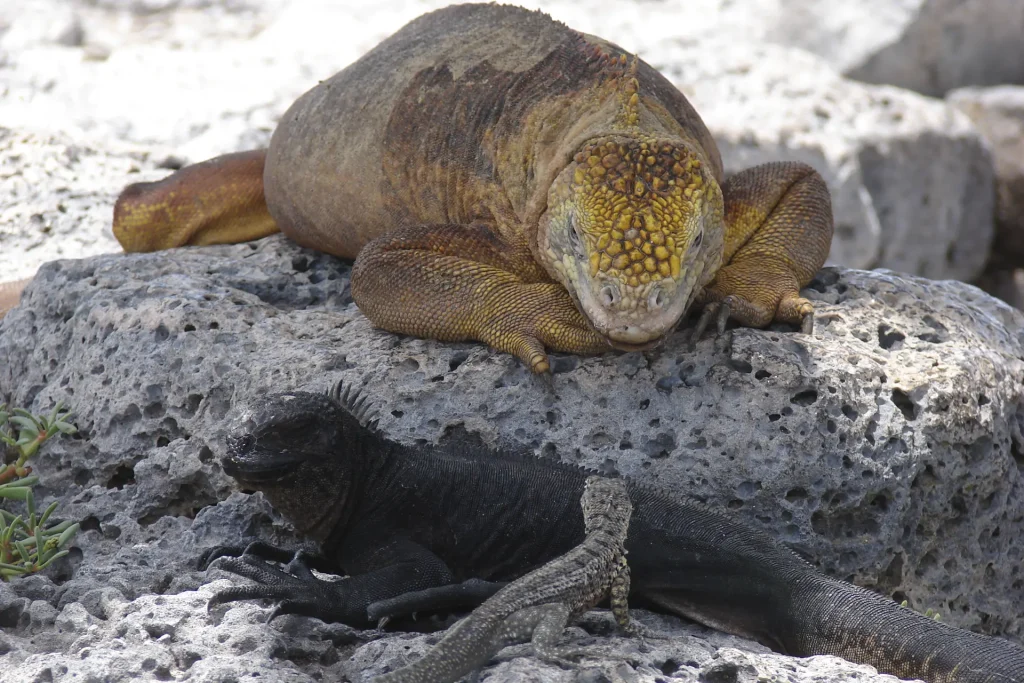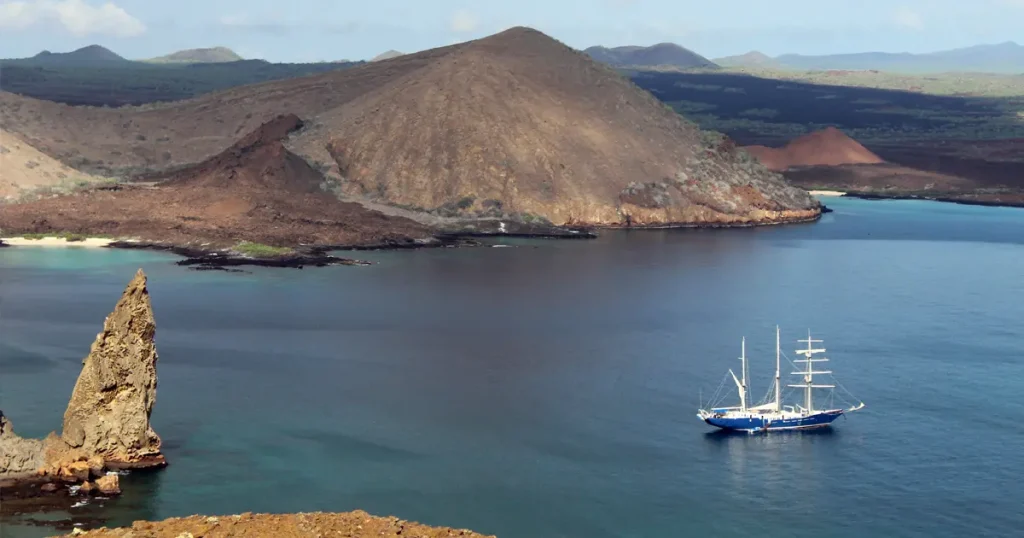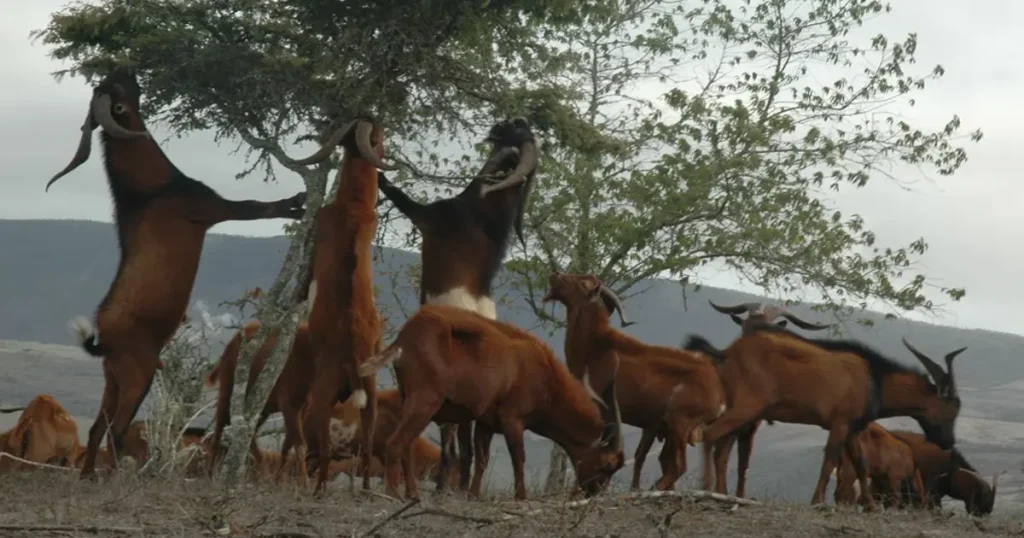The Yellow Land Iguana of Galápagos: Resilient and Recovering
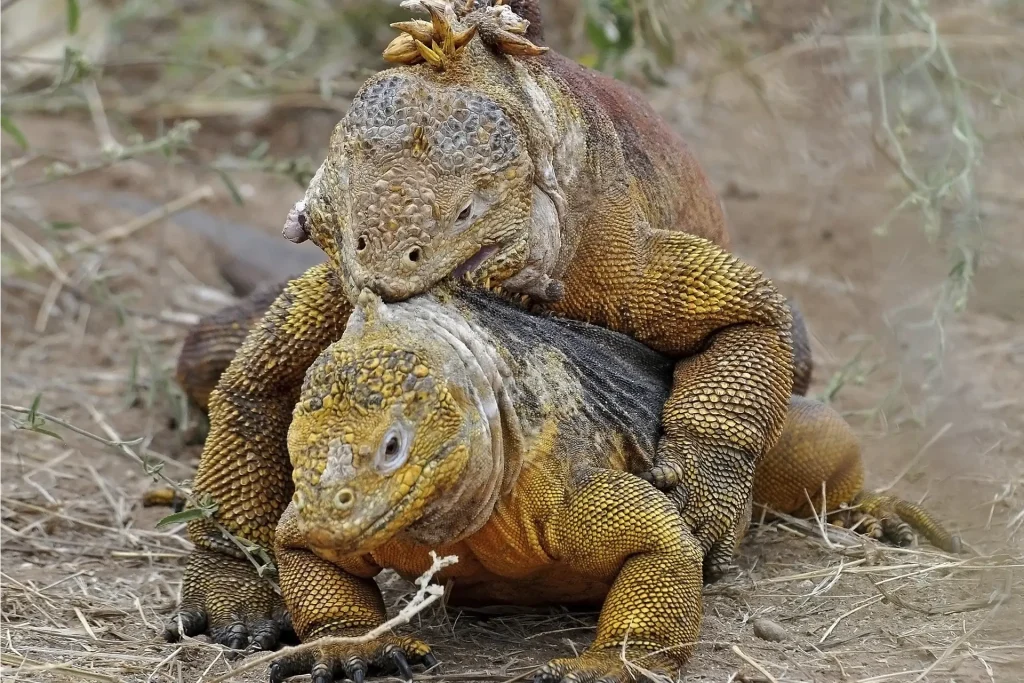
The Galápagos Islands are home to one of the most remarkable reptiles on Earth: the yellow land iguana (Conolophus subcristatus). With an impressive longevity – up to 70 years in the wild – these large lizards manage to survive in among the world’s harshest environments. As we continue to learn more about these fascinating creatures, it has become clear we must intensify our efforts. At Galápagos Conservancy, we are dedicated to protecting this extraordinary species to ensure its survival. The story of the Yellow Land Iguana is a powerful example of the species’ own resilience as well as a call to action to safeguard this extraordinary treasure.
Population and Distribution
Understanding where and how many yellow land iguanas still live is essential for effective conservation. Detailed information about their population size, habitat areas, movement patterns, and connections between populations helps us develop better management strategies. Identifying specific threats to each population also allows us to focus our conservation efforts where they are needed most.
The yellow land iguana is one of three species of land iguanas in Galápagos, all of which are found nowhere else on Earth. The other two are the pink land iguana (C. marthae), found only on Wolf Volcano on Isabela Island, and the pallid land iguana (C. pallidus). Yellow land iguanas are native to Isabela, Baltra, Fernandina, South Plaza, Santa Cruz, and Santiago islands. Populations of land iguanas have collapsed throughout their range due to habitat destruction from introduced herbivores, mainly goats, and predation by introduced carnivores, mainly feral dogs and cats, but still thrive in a few places, like South Plaza Island, and North Seymour Island, where they were introduced from Baltra Island nearly 90 years ago.
Reintroductions and Conservation Successes
On Santiago Island, the land iguana was extirpated by the mid-19th century, with the last sighting reported Charles Darwin’s during his visit in 1835. The species’ extirpation was mainly due to invasive species like feral pigs, which were not eradicated until 2001. Since 2019, 3,143 iguanas have been slowly reintroduced from North Seymour Island back to Santiago Island to restore the species there and re-establish it as an ecosystem engineer aiding the island’s restoration.
Historically, Baltra Island had a thriving population of yellow land iguanas, known for being the largest-bodied of the species. However, in the early 20th century, this population declined due to habitat destruction caused by introduced feral goats. The situation worsened during World War II with the construction of a large U.S. military base on Balta, leading to the complete disappearance of iguanas from the island.
Between 1932 and 1933, before the iguana population on Baltra vanished, seventy iguanas were transferred to North Seymour, just half a mile away. This transfer was arranged by American magnate William Randolph Hearst, who, seeing the decline in iguanas and vegetation due to goats on Baltra, decided to relocate them as an experiment. This move helped prevent the extinction of Baltra iguanas.
In the early 1980s, iguanas from North Seymour were used to start a breeding program in 1991 to re-populate Baltra. The program was successful: today, around 3,000 iguanas live on Baltra.
Diet and Adaptations
Galápagos land iguanas are mainly herbivores, feeding on green grasses where available and the leaves, flowers, and fruits of herbaceous plants and small shrubs. They have been known to also eat invertebrates like centipedes, spiders, and even carrion. Since the islands have limited fresh water, land iguanas get most of their hydration by eating Opuntia cactus and other succulent plants.
Looking Ahead
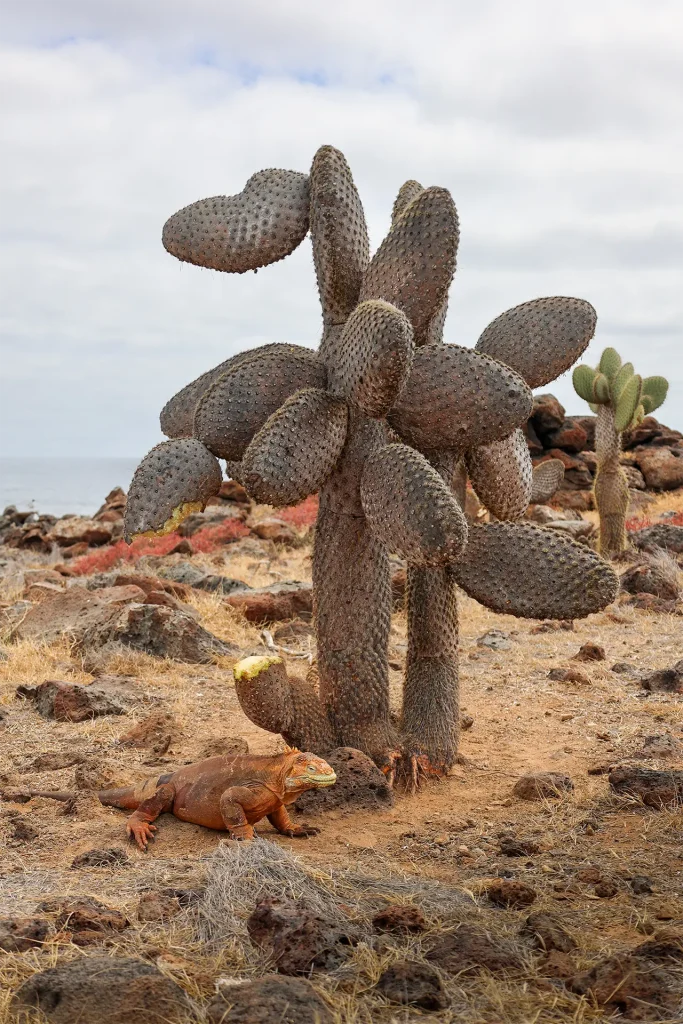
The yellow land iguana of Galápagos is a strong symbol of resilience, having adapted and survived in a challenging environment. Despite facing threats like habitat loss and competition from invasive species, conservation efforts have helped the species start to recover and, in a few places, thrive. At Galápagos Conservancy, we recognize that protecting this species requires a comprehensive approach, including research on its population, distribution, and the impact of invasive species. Collaborating with the Galápagos National Park Directorate and other organizations is vital to preserving their habitats and ensuring their survival. Our commitment is crucial to protecting this iconic species and maintaining its role as a cornerstone of Galápagos biodiversity for future generations.
